Xuron Corp. | 2193: Hard Wire Shear
Reviewed by Kevin Futter
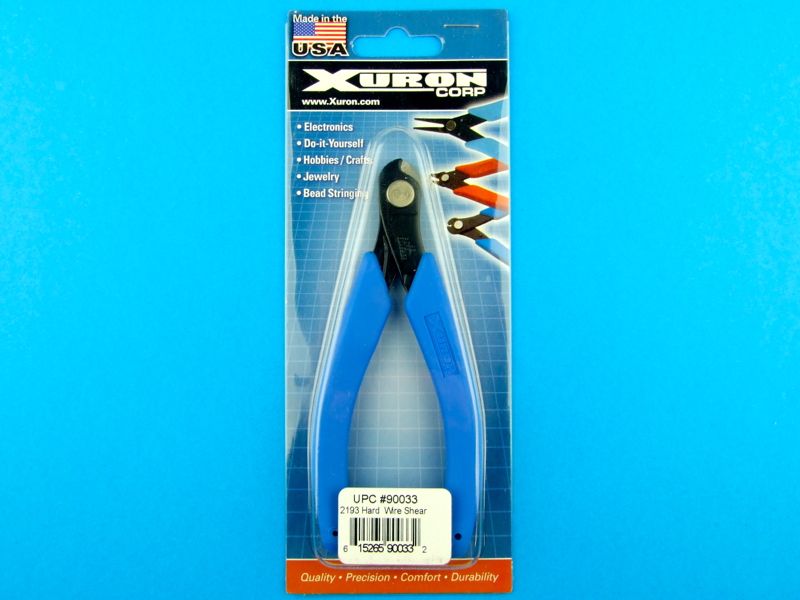
US-based Xuron Corp. is a well-known maker of hand tools for modellers and hobbyists, with an extensive range of shears and cutters for every conceivable use case. Here we take a look at the company's Hard Wire Cutter. This tool is described in Xuron's product catalogue like so:
Our hard wire cutter provides an excellent method of cutting many different types of hard wire including nichrome, music wire, memory wire, throttle cable, push rods. Also a great choice for carbon fiber rods. Cutting effort is minimal due to the tools’ full bypass shearing action. Rated for cutting hard wire up to 18 AWG (.040”, 1mm).
At first glance, a tool like this may not appear to have much of an application in plastic scale modelling, but for super-detailers and scratch-builders, working with non-plastic materials such as wire is a common occurrence, and having the appropriate tools for cutting this type of material greatly assists in their use.
Most forms of soft wire, such as lead or solder, can be cut by rolling it under a sharp #22 blade. But with harder wire, this quickly results in a lot of wrecked blades. A good example of this type of wire, which is often used in modelling, is guitar strings. Standard electric guitar strings are usually made of steel, and are difficult to cut cleanly. For guitar players, this doesn't matter; but for we modellers, a nice, clean cut is crucial. This is where a pair of cutters like this comes to the rescue.
To test these cutters, I chose two old guitar strings: one unwound G string, most likely of .016" diameter, and a wound low E string, of .042" diameter:
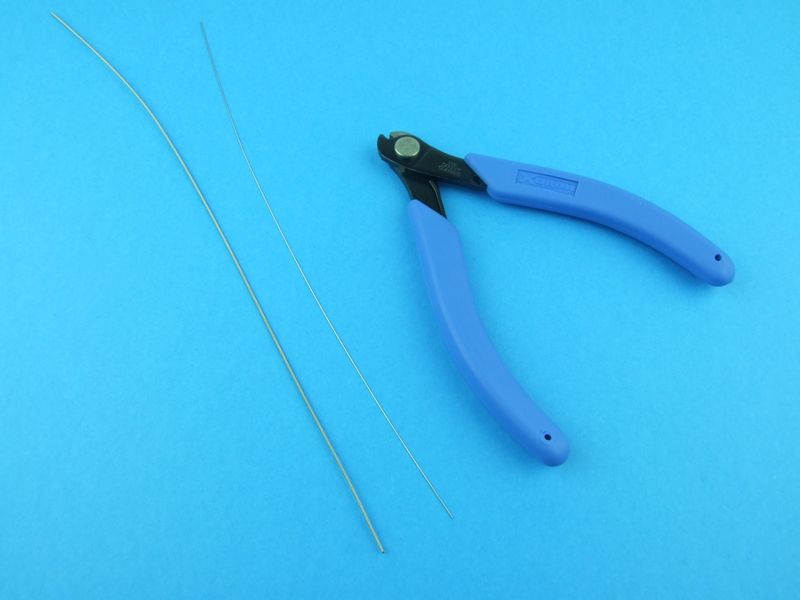
Previously I'd used the cutting portion of a pair of pliers to cut guitar strings, but this doesn't leave a straight, clean cut, and quickly wears - and eventually damages - the cutting edges. The shear head on the Xuron tool works differently, and the cutting head reminds me of a parrot's beak:
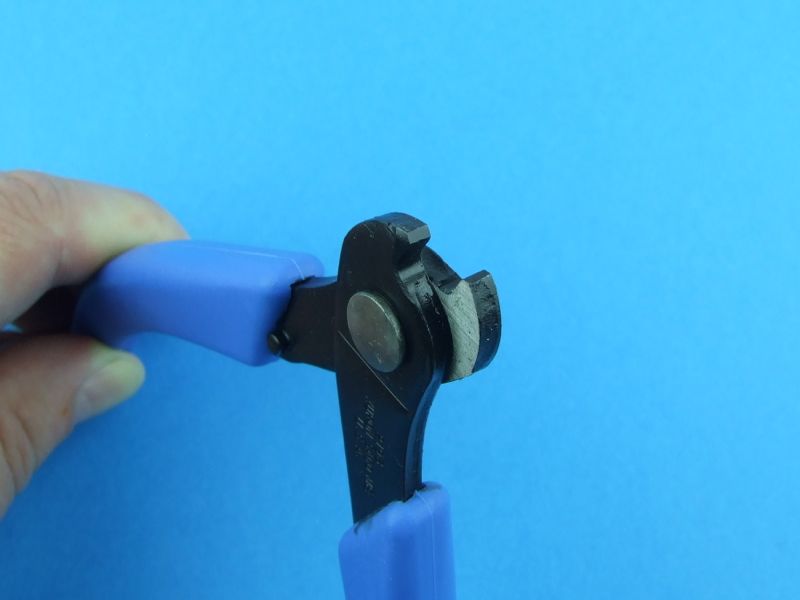
According to Xuron, these are known as bypass shears, as they slide past each other, literally shearing one side off the other. There's no real cutting action here. And I can tell you that it's most effective indeed! The smaller, unwound guitar string cut easily and cleanly, requiring only a firm squeeze of the hand:
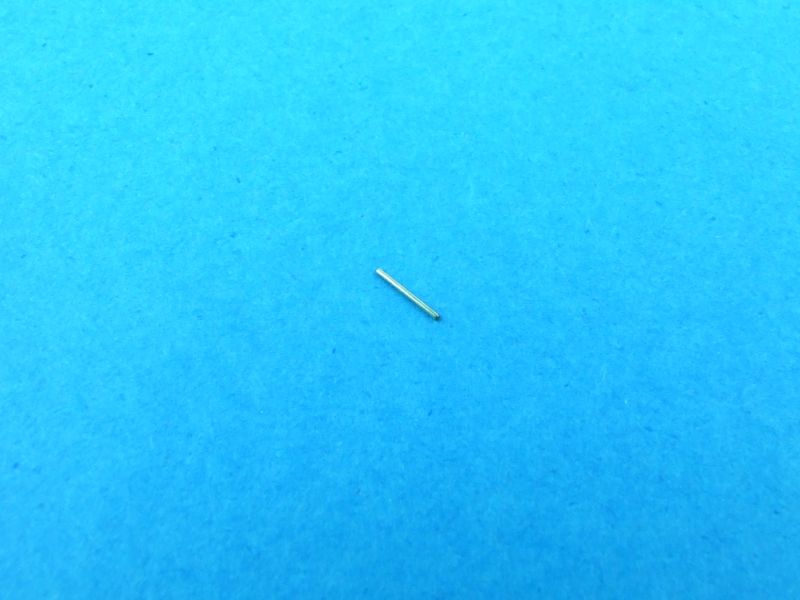
The larger, wound string took a little more effort, predictably, but still separated relatively cleanly. Note that this string is technically outside the tool's rated upper range of .040", and part of the slightly ragged result is in fact due to the windings around the inner core.
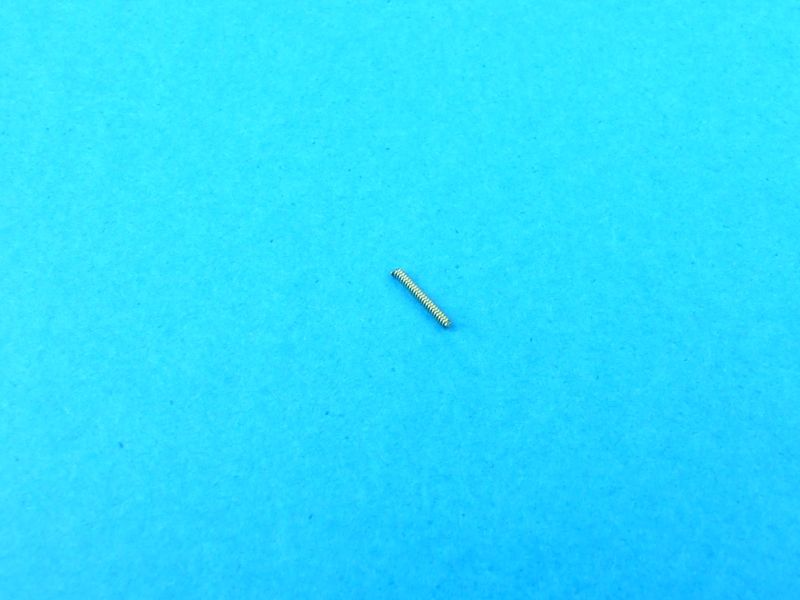
Conclusion
If you spend any time at all working with wire and other hard, thin materials, this tool makes cutting them cleanly a breeze, and is highly recommended!
Thanks to Xuron Corp. for the review sample.
© Kevin Futter 2015
This review was published on Thursday, January 15 2015; Last modified on Friday, January 16 2015
